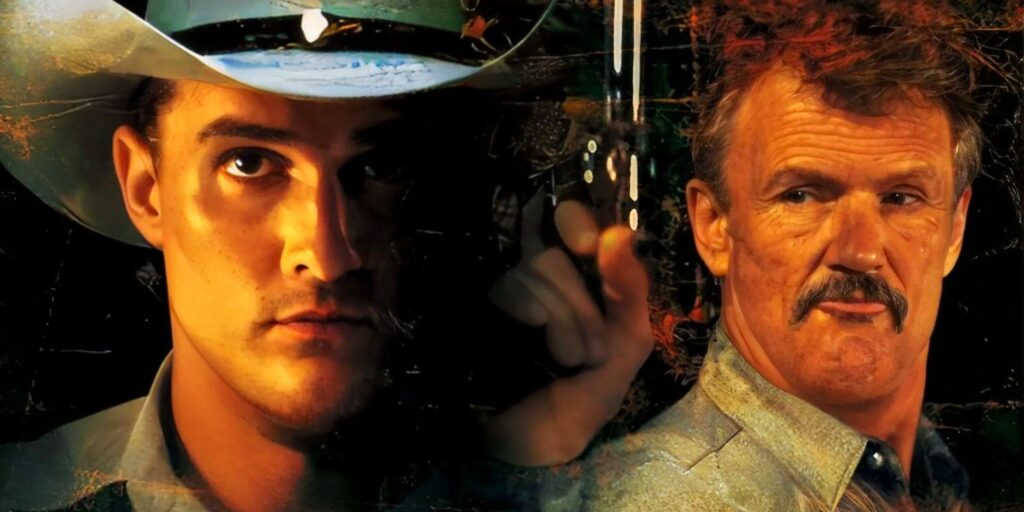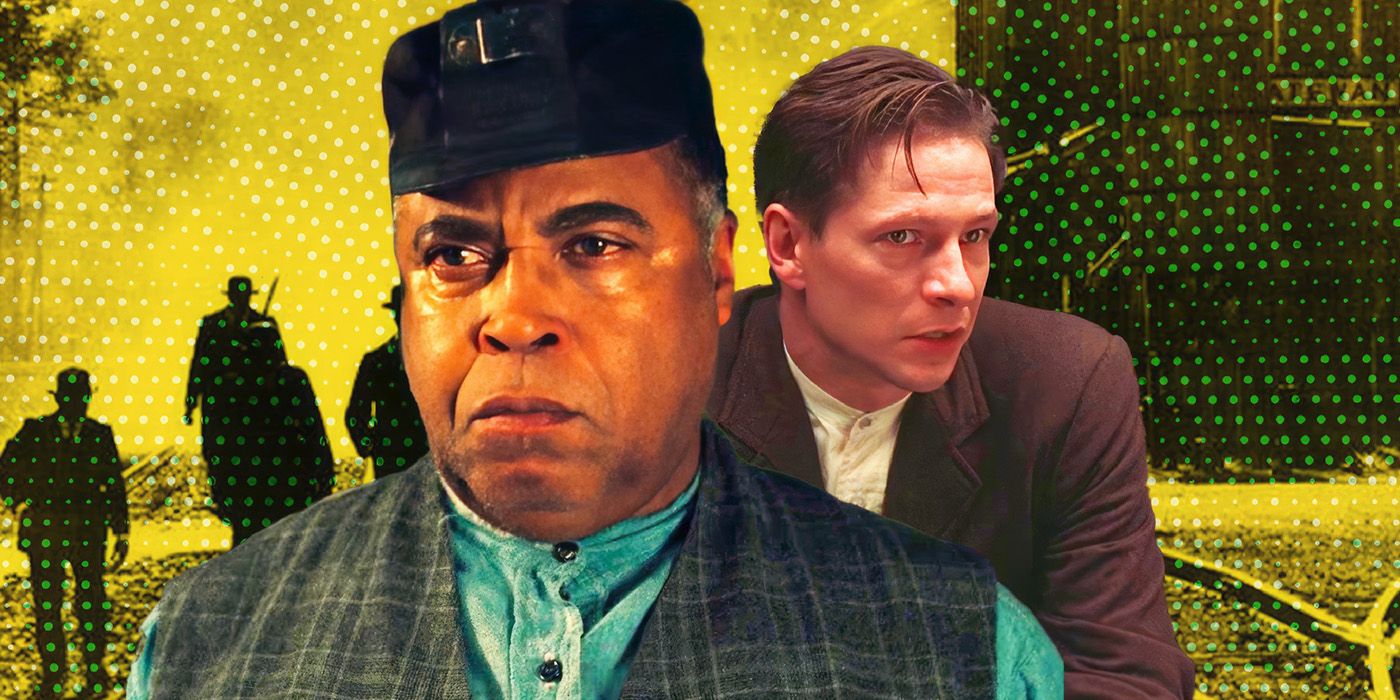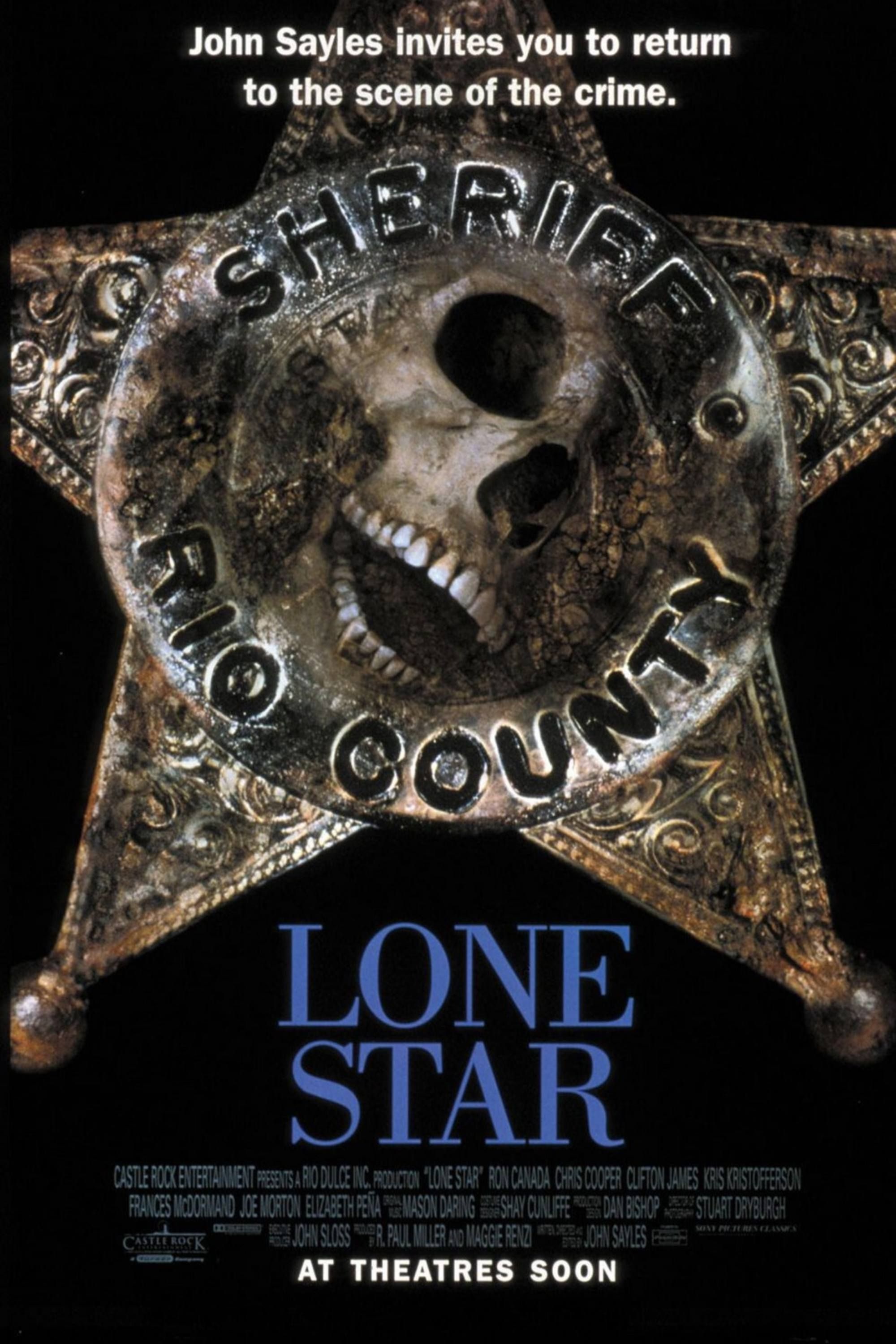This Forgotten Matthew McConaughey Neo-Western Classic Nailed Something We See in the News Every Day Almost 30 Years Ago

For over 40 years, John Sayles has been considered one of Hollywood’s most unrepentant independent filmmakers, and over the course of his illustrious career, he has frequently explored race relations, through a variety of different settings and time periods. In 1996, Sayles wrote and directed Lone Star, a movie with a title that makes it sound like a Western, and sure, some might even consider it a Western. But beneath the surface, it is, in fact, a complex dramatic crime-thriller that focuses on the community of a small Texas border town, which has suffered from decades of overt and more subdued systemic racism.
It was a film so far ahead of its time, not just for the themes Sayles was exploring, but also for its cast, a few of whom would go on to win Oscars, most notably one of his go-to actors, Chris Cooper. Oddly, Frances McDormand only had a miniscule one-scene role in the film as Cooper’s ex-wife, at the same time as she was already making huge waves in the Coen Brothers‘ Fargo, for which she won her first of four Oscars. Blink and you might miss Matthew McConaughey playing Cooper’s father, Buddy Deeds, in flashbacks.
What is ‘Lone Star’ About?
The movie begins with two archaeologists uncovering a skull and a sheriff’s badge in the desert, and Cooper’s Sheriff Sam Deeds is on the case to try to find out what happened. The mystery behind whom the items belong to is only a small fraction of the story, as it also follows how other characters have been affected by this discovery. As with much of his other work, Sayles’ screenplay for Lone Star was suitably complex with a number of concurrently-running storylines, as Sam interacts with other locals to find out who the skull belongs to and how it ended up buried in the desert.

Related
This 1987 film is more relevant than ever.
One of those subplots is a father-and-son drama starring another Sayles regular, Joe Morton, as Colonel Delmor Payne, who has been stationed at a nearby army base, but whose estranged father, Otis, played by Ron Canada, runs a nearby club where a shooting takes place involving some of Colonel Payne’s trainees. Counterbalancing that story is the tenuous relationship between Elizabeth Peña‘s Pilar Cruz, who happens to have been Sam’s childhood girlfriend, and her mother Mercedes (Míriam Colón), who is also a local business owner; they also don’t get along. One thing that connects these three stories is Kris Kristofferson‘s Charlie Wade, the town’s racist former sheriff, who has notoriously plagued both the Tejano and the Black citizens of Rio County for many years.
Why Does ‘Lone Star’ Remain So Relevant To This Day?
In some ways, the Joe Morton storyline might not seem quite as relevant as others, though it does eventually play an important role in the film’s last act. Seeing how the town’s police treat its Black citizens follows along with similar themes of racism addressed in Sayles’ earlier films, particularly The Brother From Another Planet from 1984 and 1991’s City of Hope – both of those starring Morton – and maybe even more so in Matewan from 1987. If you take those four films alone, you have a great boxed set to watch how a non-Black filmmaker worked with his cast to ensure accuracy while trying to relay how Black people have been mistreated in this country over the centuries.
The migrant situation on the border between Mexico and the US has also been a regular theme for movies over the past couple of decades, but Sayles did it well before others with the subplot involving Pilar’s own missing father, who has been helping Mexicans get across the river bordering Rio County and Mexico. Another running theme involves historical revisionism – boy, does that sound familiar? – with a conflict about the way the Mexican-American War and the history of the Alamo should be taught to the town’s students, who are also primarily Tejano. In a 2004 interview, Sayles admitted that things hadn’t improved since making Lone Star, stating:
“I’m afraid that’s kind of sad that we haven’t solved any of these problems. Some of them are even worse. Certainly, the battlefield of how history is taught is really raging now, and it was already pretty bad when we made the movie.”
Sure enough, Sayles’ brief examination of critical race theory is still something being argued across the country. When Pilar ends the film by saying, “Forget the Alamo,” that’s not just a reaction to everything she’s experienced over the course of the film, but also about how her town’s community views the conflict between being American and being Tejano.
Sayles eventually got his second Oscar nomination for his Lone Star screenplay, but it was a movie that would take six months to amass just $12.9 million in North America. It is still Sayles’ highest-grossing movie to date, but presumably many more people have discovered it in the 30 years since release. If you’re looking at what’s been happening in America over the past five years and want to know how one well-regarded filmmaker decided to use some of these ideas to paint a larger overall story, Lone Star is a movie well worth seeking out on streaming. Sayles clearly wasn’t just trying to tell a compelling multi-faceted story with the movie, he was fully exploring far vaster ideas than anyone going into the movie may be expecting.






